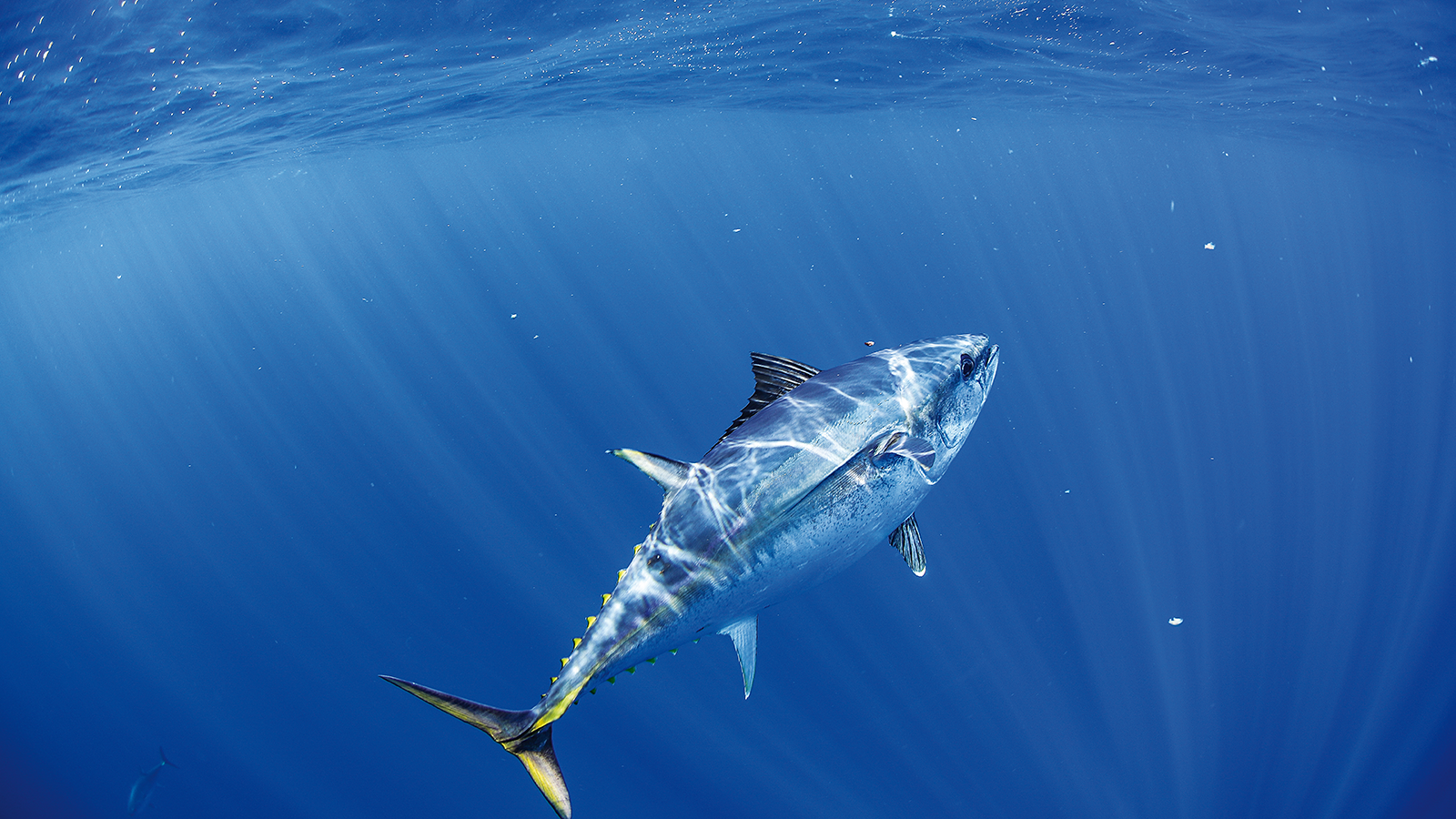Exploring and improving the genetics of resistance to abalone viral ganglioneuritis (AVG)
The heritability of resistance to AVG in Australian Haliotids remains unexplored, but resistance to other viral diseases is heritable in fish and shellfish, and large scope for genetic improvement to buffer farmed populations against the effects of viral diseases has been demonstrated in other species [2-4]. Challenge tests performed on New Zealand paua (Haliotis iris) and Japanese disc abalone (H. discus) indicate complete immunity to AVG [5, 6]. More recently, genetic signatures of rapid selection in AVG virus affecting Australian Haliotid populations have been found, and some genes have been implicated that may have a large effect on the trait [7]. Consequently, there is the possibility of harnessing AVG resistant genotypes for the genetic improvement of farmed Australian abalone, although further work is needed to validate the presence of resistance and the heritability of the trait. Genomic selection is now being implemented by the abalone industry for improving growth rate (PI's work with Yumbah), and genomic selection has proven to be especially advantageous in instances when trait heritability is low and the trait is affected by many genes of small to moderate size effect on resistance (e.g. for white spot syndrome virus resistance in white-legged shrimp [8]). In instances in other species where there are genes of very large effect on the trait (eg. for infectious pancreatic necrosis in Atlantic salmon [9-12]) marker assisted selection has proven to be highly effective [13-15]. We have designed a single experiment that will allow us to investigate the possibility for these approaches and evaluate how effective one round of selection for AVG resistance could be.






